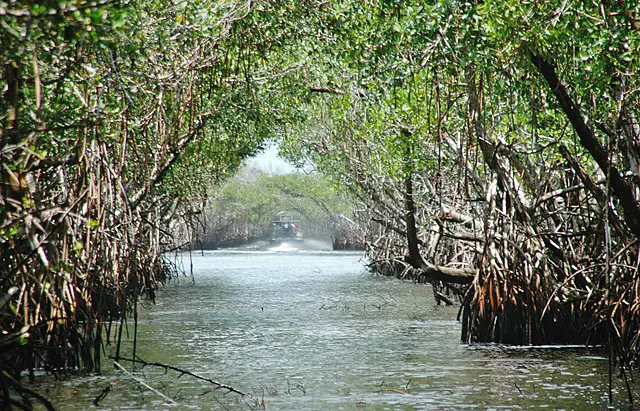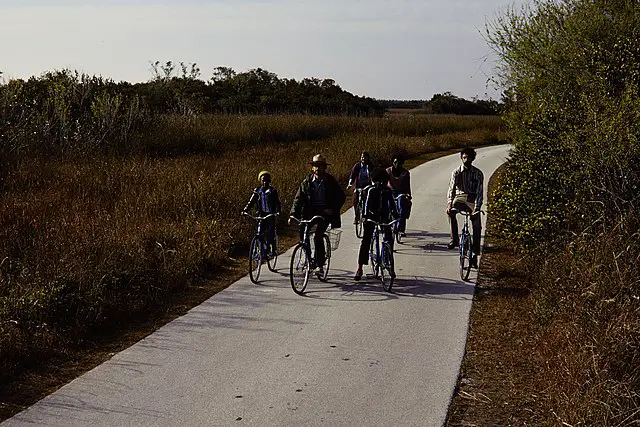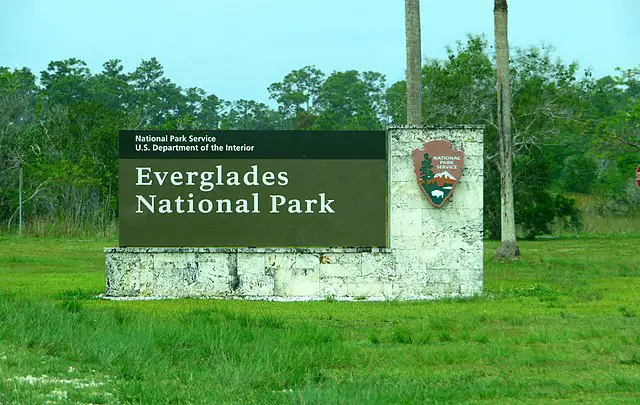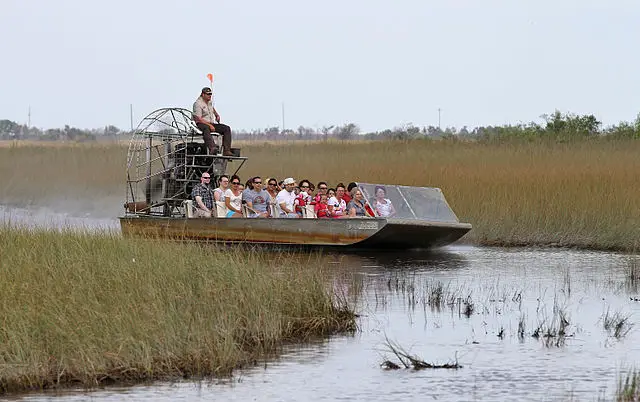
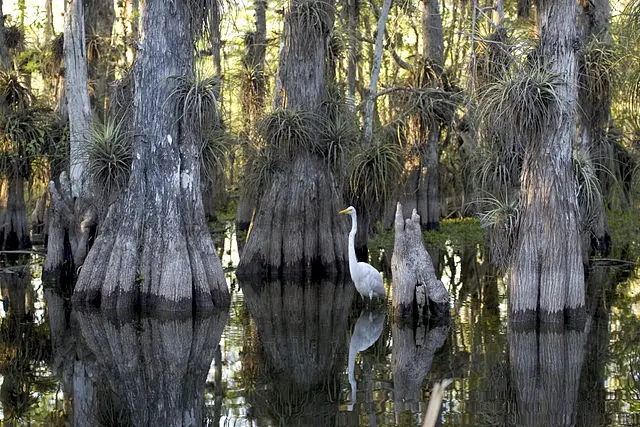


Everglades National Park is a vast and unique protected area located in southern Florida. It covers over 1.5 million acres and is home to a wide variety of plants and animals, many of which are found nowhere else in the world. The park is also an important cultural and historical site, with a rich history that includes the indigenous Seminole people and the development of modern South Florida. Here is some detailed information that tourists might find useful when planning a visit to Everglades National Park:
The Park extends from the Florida Bay to the Gulf of Mexico. The park is made up of a vast network of wetlands, marshes, and sawgrass prairies that are home to a wide variety of plants and animals. The park is also home to several small islands, including Cape Sable and the Ten Thousand Islands.
The climate in Everglades National Park is subtropical, with hot and humid summers and mild winters. The average high temperature in the summer is around 90°F (32°C), while the average low temperature in the winter is around 60°F (16°C). The park receives an average of 60 inches (152 cm) of rain per year, with most of the rainfall occurring between May and October.
The park is home to more than 300 species of birds, including the roseate spoonbill, the wood stork, and the great blue heron. The park is also home to a variety of reptiles, including alligators, crocodiles, and snakes, as well as a number of species of mammals, such as the Florida panther and the West Indian manatee.
The park plant life, includes sawgrass prairies, mangrove forests, and cypress swamps. The park is home to several rare and endangered plant species, including the ghost orchid and the giant leather fern.
There are a variety of activities available to visitors at Everglades National Park, including hiking, birdwatching, and boating. The park has a number of trails that allow visitors to explore the park on foot, including the Anhinga Trail, which offers the opportunity to see a wide variety of birds and reptiles up close. The park also has several boat tours available, which allow visitors to explore the park’s waterways and see the park’s wildlife from a different perspective.
In addition the park also offers ranger-led tours and educational programs, as well as a number of special events throughout the year.


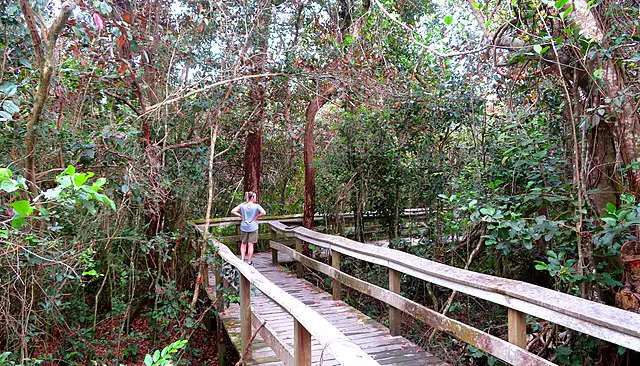
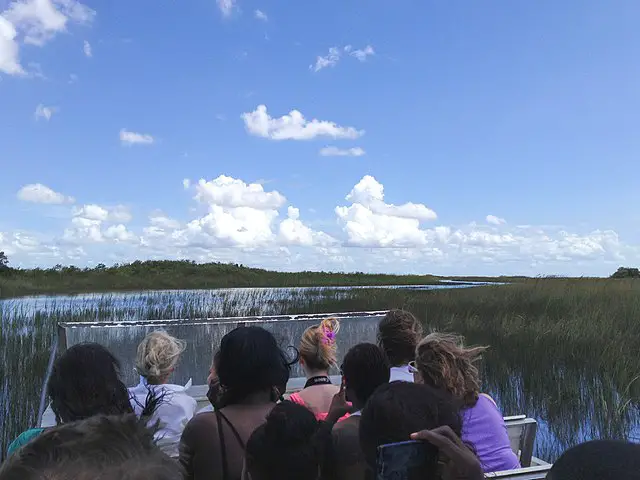
Everglades National Park has a number of facilities available to visitors, including campgrounds, restrooms, and picnic areas. The park also has a number of ranger stations and visitor centers that provide information and assistance to visitors.
The park has two developed campgrounds, Long Pine Key and Flamingo, which offer a variety of campsites, including tent sites and sites with electrical and water hookups. The park also has a number of backcountry campsites that can be accessed by boat or on foot. Everglades National Park is located in about 25 miles (40 km) west of Miami. The park can be accessed by car, with the main entrance located off of U.S. Highway 41 (Tamiami Trail). The park is also accessible by boat, with several marinas located near the park.
